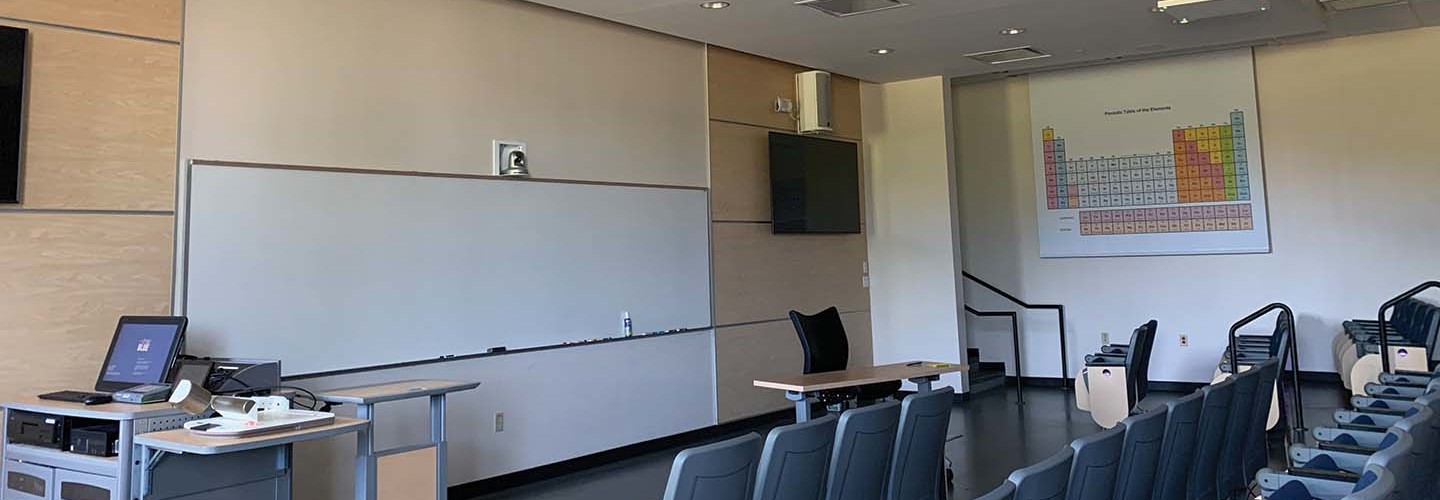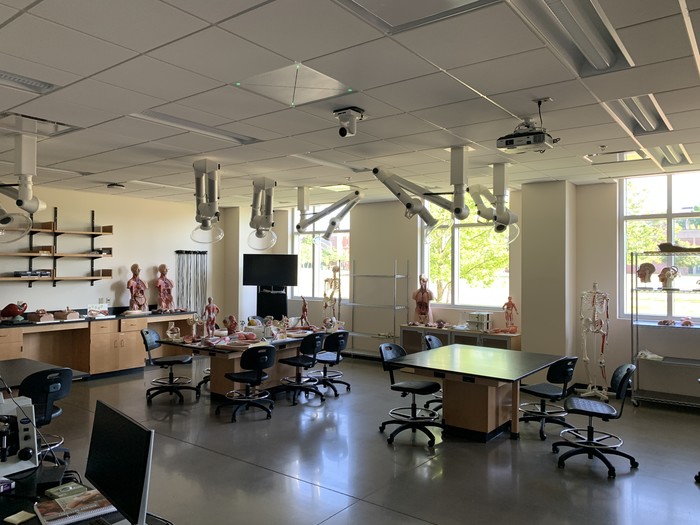An Elegant Solution for Recording and Streaming College Courses
Even before the COVID-19 pandemic, Copeland believed there was value in recording courses for posterity. He’d experienced it himself.
“I was a student myself,” he says. “When I was taking courses, I was fortunate enough to be in some of those rooms that had recordings, and after class I’d go back and watch. It enhanced my learning experience, and so I wanted to provide the same thing here at MTSU.”
When he went looking for an upgrade from the sometimes uncharged, sometimes missing lavalier mics instructors were using, Copeland conferred with colleagues at other universities and explored the newly expanded classroom audio market.
That led to this year’s installation of 250 Sennheiser TeamConnect Ceiling 2 microphones, square mics that attach to classroom ceilings. Along with picking up clear audio from everyone in the room, they offer a host of additional features that take human error almost completely out of the equation.
The microphones, equipped with Sennheiser’s Control Cockpit firmware and integrated with the university’s collaboration software (Zoom), lecture capture platform (Panopto) and learning management system (D2L), now automatically turn on and off based on the class schedule, then share the recording via the LMS.
“I was very adamant about making a lot of automation happen,” Copeland says. “Faculty don’t have to do anything. It just works.”











